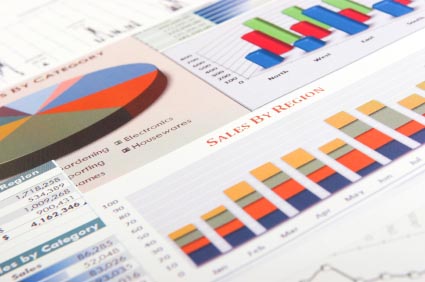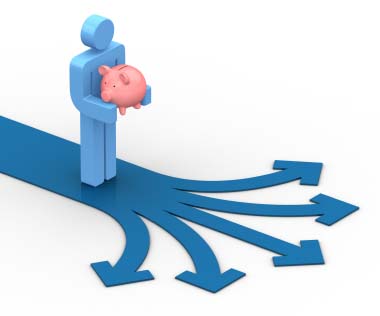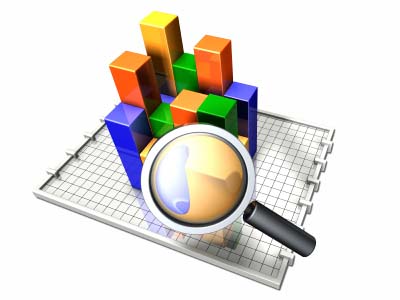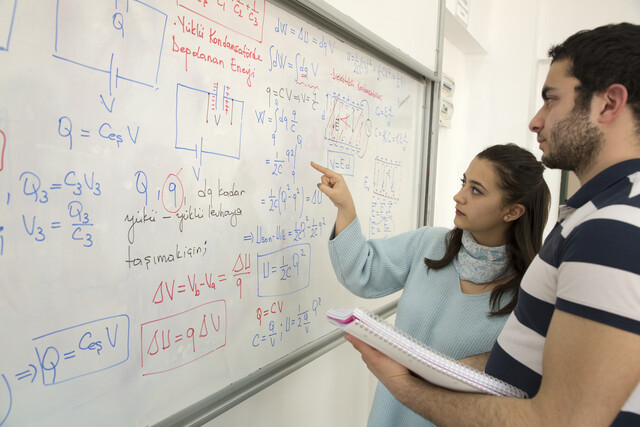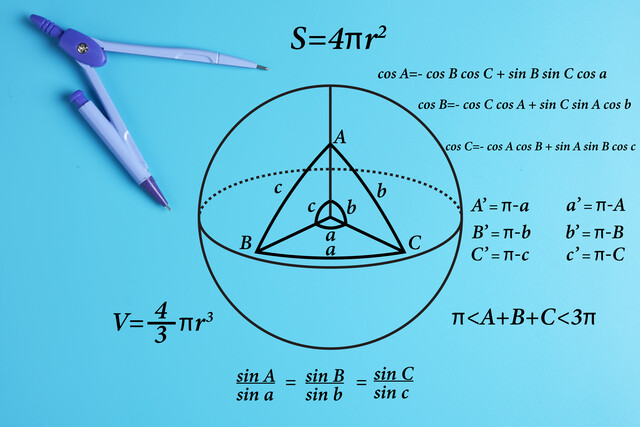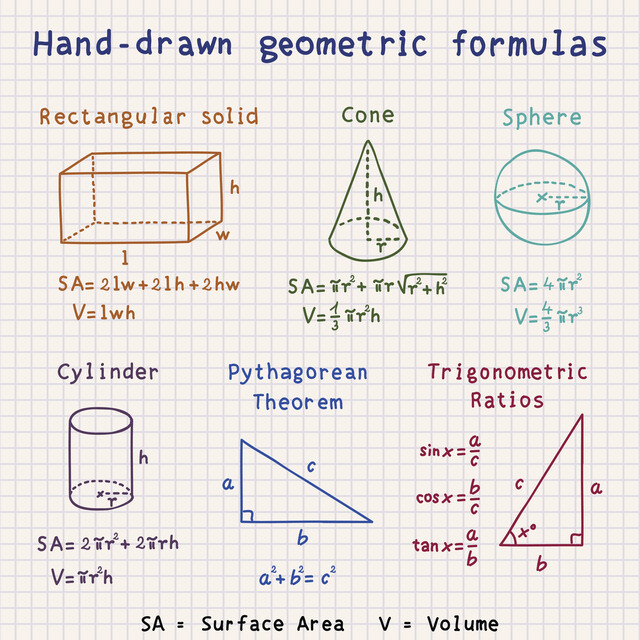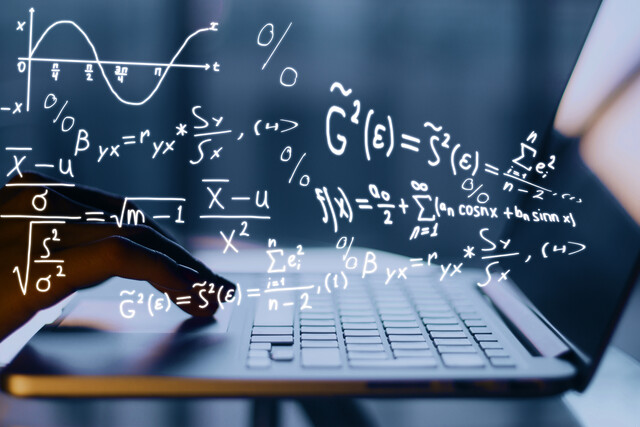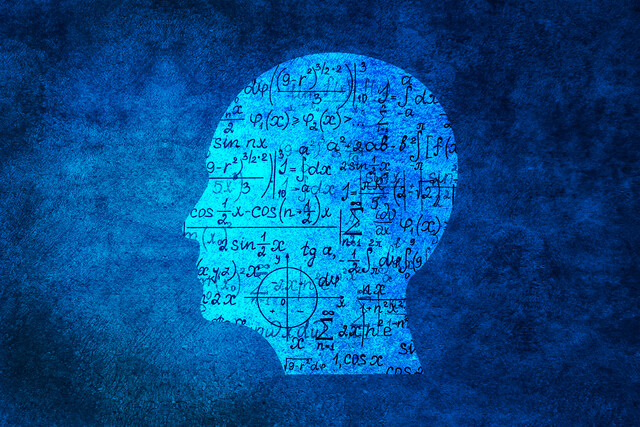Statistics 101
Unlock the Power of Numbers: Dive into Statistics 101!

35 Hours average completion time
3.5 CEUs
15 Lessons
31 Exams & Assignments
77 Discussions
16 Videos
16 Reference Files
6 Articles
Mobile Friendly
Last Updated February 2024
This statistics course introduces the basic concepts of statistical analysis, with a focus on both univariate (single-variable) and bivariate (two-variable) data. The course starts with an introduction to statistics terms and then moves on to organization and display of data. Analysis of univariate data by way of measures of central tendency (such as the mean or average), dispersion (such as the variance), and asymmetry ("skewness") is presented next, followed by an introduction to probability theory.
The relationship of probability to statistics is also discussed, providing students with the tools they need to understand how "chance" plays a role in statistical analysis. Statistical distributions, with a focus on the normal distribution and its uses, are also considered, along with a discussion of bivariate data and linear (least-squares) regression. Finally, the course culminates with a low-level introduction to hypothesis testing. Although this last topic could be a course of its own, the student is provided with enough theory and sufficient practice to conduct analyses of simple statistical hypotheses.
Statistics is a subject that has earned a certain amount of notoriety because of its misuse in various contexts. Nevertheless, statistics is a tool that, if used properly, can be of tremendous help in math, science, engineering, history, politics, and numerous other fields. As you study this subject, always keep in mind that statistics is more than just math: it is not simply manipulation of numbers through addition, subtraction, multiplication, division, and other mathematical operations. Statistics also involves language and units: when a statistician (or layman) provides a statistic, it involves a number and a label of some sort. For instance, the number 5.3 is not in and of itself a statistical value; "an average age of 5.3 years," however, is a statistical value. This linguistic aspect of statistics sometimes allows a certain amount of ambiguity that can be misleading. By studying statistics, you will equip yourself to identify and understand both uses and abuses of this tool.
What is Statistics?
Statistics is used for quantifying sets of data such as attributes of a group of people and measurements taken in a laboratory. Consider, for instance, the population of a particular country. The people who reside in that country have varying heights: some are short, some are tall, some are in between. If we wanted to compare the height of this population with that of some other population in a convenient manner, we would not want to compare individual people. Such a task would be burdensome (the number of people in a country might be in the millions or billions) and would not necessarily be particularly helpful as a means of comparing populations as a whole. Instead, we can use an average or median height as the basis for our comparison. These statistical values are single numbers that quantify the data (the heights of a country's population) and that provide a convenient way to express and compare certain characteristics of those data. Part of the goal of this course is to teach you how to select and use statistical tools like averages and medians, as well as a host of others, in assessing and comparing data.
Simply defined, statistics (sometimes colloquially termed "stats") is the study of collecting, analyzing, interpreting, and representing of sets of numerical data. Thus, virtually any field of study that uses numbers can, at least occasionally, involve statistics. Statistics, because it makes extensive use of numbers, is math-intensive, and a decent grasp of basic arithmetic and algebra is required to study this field.
- Analyzing skewness in data
- Utilizing percentiles and quartiles
- Data visualization techniques
- Probability concepts application
- Statistical data interpretation
- Linear regression formulation skills
- Central tendency measures understanding
- Bivariate data analysis
- Conducting hypothesis testing
- Dispersion measures comprehension
Choose from plans starting at just $16/month (billed annually)
See Your Team Succeed
Empower your team instantly with an integrative group enrollment system. Purchase licenses in bulk with Group Discounts.

